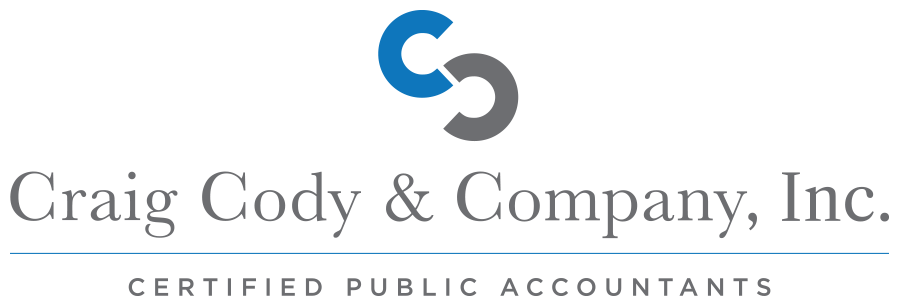Timing is Everything
As an agency owner, one of the biggest challenges is deciding when to bring on new talent. Hire too soon, and you risk impacting profitability. Wait too long, and you’ll burn out your existing team while clients grow frustrated with lagging service levels. So when’s the right time?
Utilization Rate: The Key Metric
According to Noel Andrews, most agency owners only just start thinking about hiring when their team’s utilization rate reaches around 90%. At this point, they may pull the trigger and actually start hiring once utilization hits 100% or higher.
If you’re waiting until your team has reached capacity (or beyond) to hire new talent, you’ve waited too long.
Unfortunately, many business owners will wait until they’re at max capacity because hiring before someone new is needed will temporarily hit profitability. After all, a new employee represents an added expense before they start generating revenue.
This temporary setback is normal with new hires, and if you hire the right person, it shouldn’t take too long to bounce back from that temporary profit hit. Instead, business owners should start to consider hiring new talent, especially when the goal is to scale up, when their utilization rate is about 65-70%.
In the next section. I’ll explain why proactive hiring decisions can save profitability and team morale in the long term.
The Hiring Lag Creates Problems
There’s usually a significant lag between deciding to hire and actually acting to have that new employee up and running. The hiring and onboarding process can take 2-3 months or longer, depending on the role.
By the time that new hire is fully ramped up, if you haven’t planned accordingly, the existing team has likely been running at 100%+ utilization for months. That creates a number of issues:
- Team burnout and low morale
- Client frustration with lapses in service and quality
- The owner has to jump into client work to “put out fires”
This reactive hiring approach essentially means the agency is always playing catch-up, stuck in a constant cycle of overworking the team until hiring relief arrives. If you’re not careful, this could even create a feedback loop where you’re losing even more team members due to the lack of support, causing you to have to hire more people more often, which hits profitability even more.
The Benefits of Proactive Hiring
The smarter approach is proactive hiring enabled by tapping into lower-cost talent markets. If an agency can hire at 50% of the cost of a local hire for equivalent quality, it fundamentally changes the strategy of when to hire.
With lower labor costs, an agency owner can start hiring when utilization rates hit 65-70% to soften the blow of the temporary profit hit. This avoids the team ever reaching burnout territory while maintaining high service levels for clients.
Essentially, proactive hiring through lower-cost talent markets allows an agency to:
- Grow in a sustainable, profitable manner rather than chasing growth in an endless cycle of overwork.
- Onboard new hires before utilization rates spike, preventing crunch periods that burn out the team.
- Invest in quality talent on an ongoing basis rather than making desperate hires as a quick fix to labor shortages.
The Bottom Line
For agency owners, reactive hiring when your team hits 100% utilization leads to disastrous effects like burnout, client frustration, and constant frantic catch-up mode.
The smarter path is proactive hiring through lower-cost global talent pools. By hiring quality remote talent at 65-70% utilization rates rather than waiting until 100%, agencies can maintain sustainable growth and great service without crunch periods. It’s better for the team, better for the clients, and better for the bottom line.
To learn more about the benefits of remote workers for scaling and growing your agency, tune in to the rest of our interview with Noel Andrews on this week’s episode of the Progressive Agency Podcast.
Newsletter
Subscribe to our Newsletter! Join our mailing list to receive the latest news and updates from our team.

